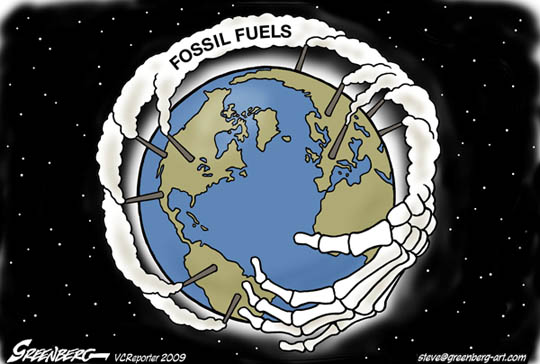Air gets way-weighty when it gets hot. Outside just minutes ago, with the temperature reportedly 104-degrees this late-afternoon Wednesday here in California’s Central Valley, the air felt really, really heavy.
And we’re forecast for triple-digits until dark, still about three hours away.
Enough of the whine. Although it’s uncomfortable here, we’re not in the real rough, as currently a shitload of Americans. Weather, though, is indeed the focus for a lot of shit happening right now — just ask New Yorkers who experienced a never-before flooding event off Hurricane Ida last week and with it an example of climate change creating extreme weather, whether hot or wet.
Yesterday, Joe Biden toured Ida-wrecked areas in New Jersey and New York, bringing the climate crisis to the forefront: ‘“We’re living through it now. We don’t have any more time,” Biden said of the effects of climate change. “Every part of the country is getting hit by extreme weather. We can’t turn it back very much, but we can prevent it from getting worse.”
How do we accomplish that goal, Joe? Now worse news. New research published today at Nature describes a required/mandatory, though, undoable action — leaving nearly all the earth’s fossil fuels in the ground — a wrenching, particular note from down in the study:
The bleak picture painted by our scenarios for the global fossil fuel industry is very probably an underestimate of what is required and, as a result, production would need to be curtailed even faster.
This is because our scenarios use a carbon budget associated with a 50-percent probability of limiting warming to 1.5?°C, which does not consider uncertainties around, for example, Earth system feedbacks3; therefore, to ensure more certainty of stabilizing at this temperature, more carbon needs to stay in the ground.
Yeah, right:
To limit warming to 1.5°C, huge amounts of fossil fuels need to go unused https://t.co/JJtOqlQpOi by @DougcJohnson
— Ars Technica (@arstechnica) September 8, 2021
Nutshell note via the ArsTechnica post this morning:
According to the new research, nearly 60-percent of existing oil and fossil methane gas and 90-percent of global coal reserves need to go unused through at least 2050 — and this action would only yield a 50-percent chance of limiting global warming to 1.5ºC.
These reductions mean that many fossil fuel projects around the world, both planned and existing, would need to be halted.
Further, oil and gas production needs to decline by 3-percent every year until 2050.
This also means that most regions in the world need to reach their peak production now or within the next decade.The paper further notes that the production changes it presents are likely underestimated.
Some of this is because the model accounts for negative emission technologies such as carbon capture and storage, even though there are doubts about how quickly these systems will be deployed.
And, of course, to reach better-than-even odds of limiting the world’s warming to 1.5ºC, more carbon must go unused.The necessary emission cuts have yet to materialize. For example, a 2019 UN report stated that the world’s governments expect to produce 120-percent more fossil fuels by 2030.
“[T]he current and indicated fossil fuel trajectories globally are moving us in the wrong direction,” Welsby said. (Dan Welsby, a UCL researcher and co-author of the new report).
Read another good piece on the new study at Inverse, if you want.
And a political reason action will go undone — (the Guardian this morning): ‘Green campaigners have criticised the UK government for apparently removing references to the temperature goals of the Paris climate agreement from a prospective trade deal with Australia.‘
In context, this weird SciFi climate change bit — ‘shape-shifting’ animals.
Today via ScienceAlert:
Animals are dealing with global warming in various ways. Some move to cooler areas, such as closer to the poles or to higher ground. Some change the timing of key life events such as breeding and migration, so they take place at cooler times.
And others evolve to change their body size to cool down more quickly.Our new research examined another way animal species cope with climate change: by changing the size of their ears, tails, beaks and other appendages.
We reviewed the published literature and found examples of animals increasing appendage size in parallel with climate change and associated temperature increases.In doing so, we identified multiple examples of animals that are most likely “shape-shifters” — including species in Australia.
The pattern is widespread, and suggests climate warming may result in fundamental changes to animal form.
Hence, and once again, here we are…
 (Illustration out front found here).
(Illustration out front found here).